Patient safety first
Patient safety remains a top priority among anesthesiologists as they advance training and technology.

Despite a relentless focus on safety, health care errors continue to occur.
Patient safety and concern over best practice in the hospital setting represented the agenda for 2021’s session “International Forum on Perioperative Safety and Quality (ISQ) Panel: Global Quality and Safety Priorities.”
“Management of adverse events and the burden of safety issues in health care has been a topic for decades. It only came into focus 20 years ago, especially after the pivotal report from the Institute of Medicine back in 1999,” said Sven Staender, MD, PhD, a session presenter. “Unfortunately, even after so many years of projects, actions, programs, etc., there is only marginal improvement in safety in hospitals today. The topic is old, but still of major significance.”
Defining patient safety and designing key strategies to advance it is a key part of Friday’s discussion. Traditionally, safety is defined as the absence of harm by avoiding anything that could go wrong, said Dr. Staender, an Anesthesiologist at Regional Hospital in Maennedorf, Switzerland and Chair of the European Patient Safety Foundation.
“In the old concepts, we were focusing on the so-called ‘bad apple.’ Modern concepts look for the opposite – strengthening things that go well and defining safety as a state where everything goes right,” Dr. Staender said. “Imagine being ask to fund projects that avoid anything bad happening. Who would be willing to pay for nothing to happen? Funding support structures where everything goes right includes looking at the people in the system as valuable resources. It’s a much more humanistic approach that values our co-workers.”
According to Guy Haller, MD, PhD, MSC, an Associate Professor of Anesthesiology with The University Hospitals in Geneva, Switzerland, and Board Member of the ESAIC Patient Safety and Quality Committee, the practice of anesthesia includes “the manipulation of powerful drugs, the control of airways in unconscious patients, and the alteration of physiological function,” which are “intrinsically challenging to patient safety.” This is why safety remains a continuous concern of the specialty, he said. While the latest mortality figures exclusively related to anesthesia from the U.S. are encouraging (0.509 deaths in 100,000 patients), he said perioperative death statistics are worrisome.
Additionally, Dr. Haller said, anesthesia monitoring and breathing equipment is constantly evolving, leading to increased risk of harm when new technologies are poorly understood. Dr. Haller cited a recent epidemic of avoidable deaths in France and Germany, primarily due to wrongly assembled breathing circuits.
“Anesthesia safety has traditionally improved through the identification of risks and the correction of errors and associated harm. This has been achieved by the implementation of technology and engineering, continuous training, and professionalization of anesthesiologists,” Dr. Haller said.
Dr. Haller noted improvements in such things as advanced monitoring systems, new anesthesia devices, professional practice guidelines, equipment checking, standardized labeling of drugs and syringes, training for unexpected situations, and subspecialty training.
Still, anesthesiologists face new challenges, including aging patients with chronic disease and the increasing complexity of health care systems and technologies.
“Anesthesia care cannot be viewed only as a self-sustaining activity, like air transport being limited to safely transferring passengers from one destination (before surgery) to another (after surgery),” Dr. Haller said. “The final destination may be an ‘unsafe’ one, the timing of departure may largely be unclear, and the crew on board may not be prepared for a flight that is likely to be very ‘bumpy.’”
To improve patient safety across all ages, both Drs. Staender and Haller agree that it takes collaboration among multidisciplinary teams to properly identify patients at risk, prepare those patients for surgery, assist them in recovery, and safely navigate throughout their hospital stay. Anesthesiologists play a key role in this perioperative journey, both in the U.S. and abroad, according to Dr. Staender.
“Safety questions are international, but we certainly have additional challenges when it comes to low- or middle-income countries. Both ‘layers’ require attention and action on various levels,” Dr. Staender said.
Visit Anesthesiology Today Annual Meeting Edition for more articles.

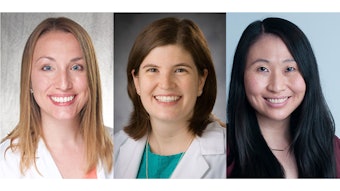
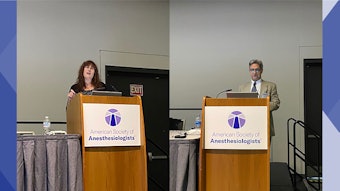
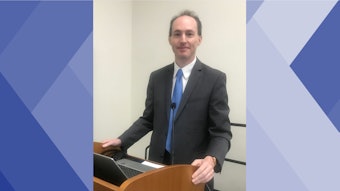


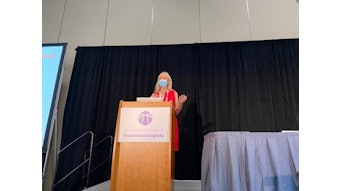
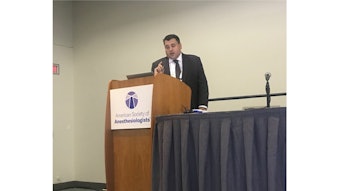

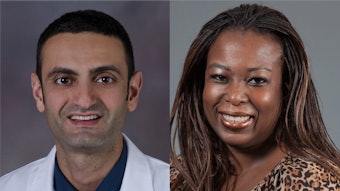
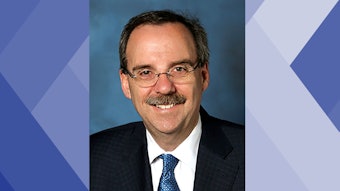
![Sharks[2]](https://img.ascendmedia.com/files/base/ascend/hh/image/2021/10/Sharks_2_.616369899ebe1.png?auto=format%2Ccompress&bg=fff&fill-color=fff&fit=fill&h=191&q=70&w=340)